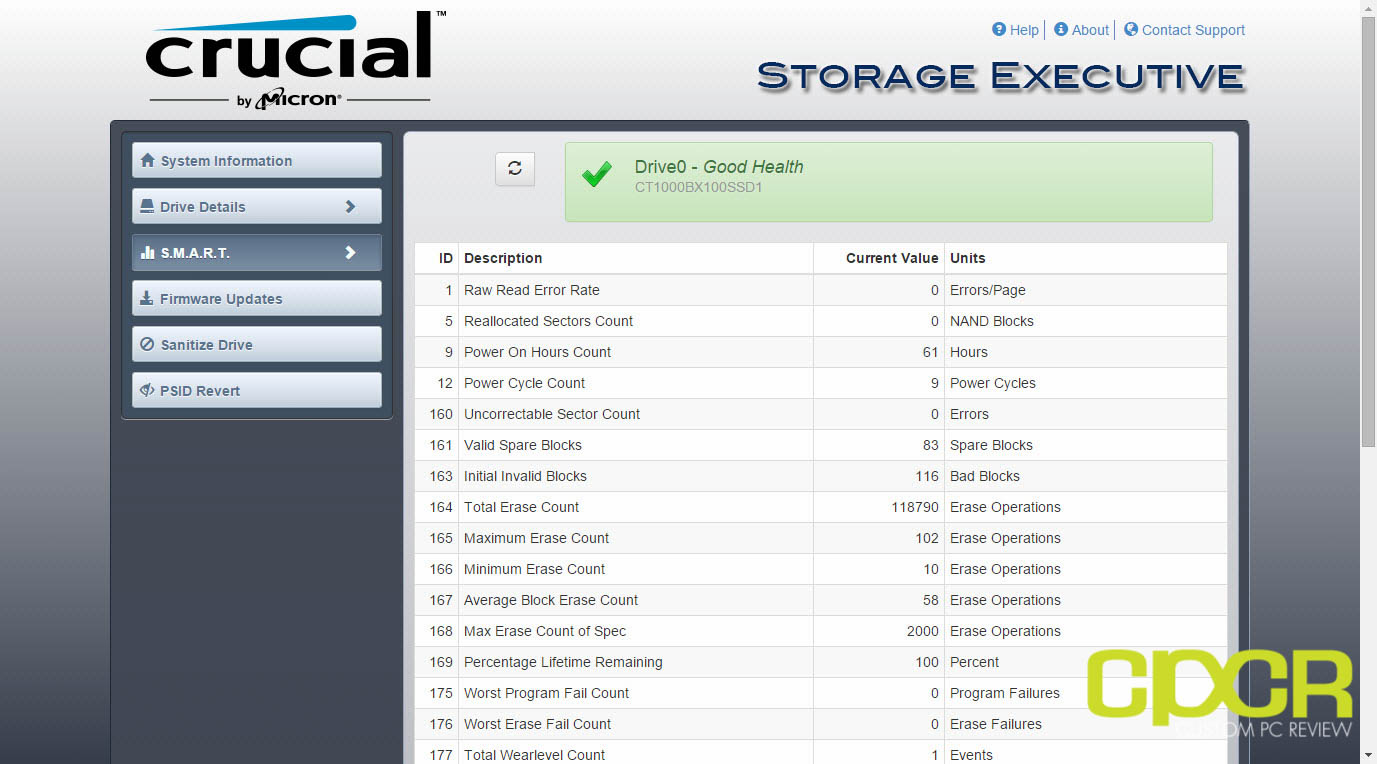Hello,
This is Crucial m500 120GB and works as a system drive since 2013 in my nas.
CrystalDiskInfo shows 685 working days and about 11TB writes.
Health status: good, remaining life 33%. So it means - two working years used this drive in 67%.
Additional info: paging file was set to this drive.
According to all these information - this drive should be in working order during only next 12 months (1 year).

I had already installed the Crucial software, but it did not help to dispel my doubts.
I have only access to general status of this drive and if I am trying to check details the software problem accured.

What is your opinion?
This is Crucial m500 120GB and works as a system drive since 2013 in my nas.
CrystalDiskInfo shows 685 working days and about 11TB writes.
Health status: good, remaining life 33%. So it means - two working years used this drive in 67%.
Additional info: paging file was set to this drive.
According to all these information - this drive should be in working order during only next 12 months (1 year).
I had already installed the Crucial software, but it did not help to dispel my doubts.
I have only access to general status of this drive and if I am trying to check details the software problem accured.
What is your opinion?






